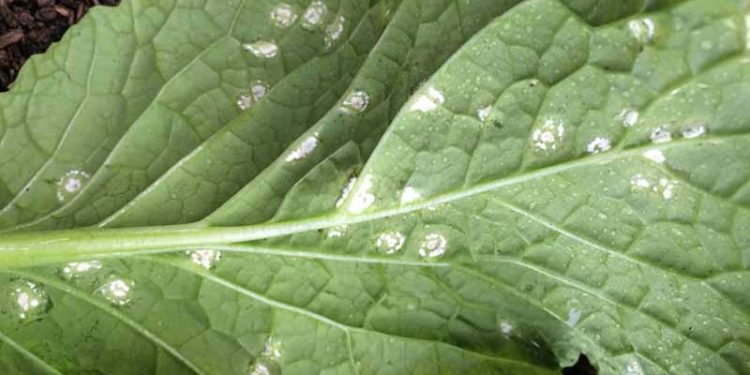#PlantDiseaseControl #FungalOutbreaks #CropYieldManagement #AlbugoCandida #WhiteRustPrevention
White rust caused by the Albugo candida fungus is a disease that affects a wide variety of plants, including cruciferous vegetables like broccoli, cauliflower, and kale. It is characterized by the appearance of white or yellowish spots on the leaves, stems, and flowers of infected plants. The disease can be devastating to crops, causing reduced yields and even crop failure.
The development of white rust is influenced by several factors, including environmental conditions and plant genetics. The fungus requires moisture to thrive, so humid conditions are conducive to its growth. Additionally, certain plant varieties are more susceptible to white rust than others.
The consequences of a white rust outbreak can be significant. In addition to reducing crop yields, the disease can also lead to increased pesticide use, which can be harmful to the environment and human health. Furthermore, outbreaks can result in economic losses for farmers and a decrease in the availability of fresh produce for consumers.
Preventing and controlling white rust requires a multifaceted approach. Farmers can choose plant varieties that are less susceptible to the disease and implement cultural practices that discourage the growth of the fungus. Additionally, fungicides can be used to control outbreaks, but their use should be minimized to reduce the risk of pesticide resistance.
The Albugo candida fungus and its associated white rust disease can have significant impacts on crop yields, the environment, and human health. Understanding the factors that influence the development of white rust and implementing effective prevention and control measures can help mitigate these impacts and ensure the availability of fresh produce for consumers.































